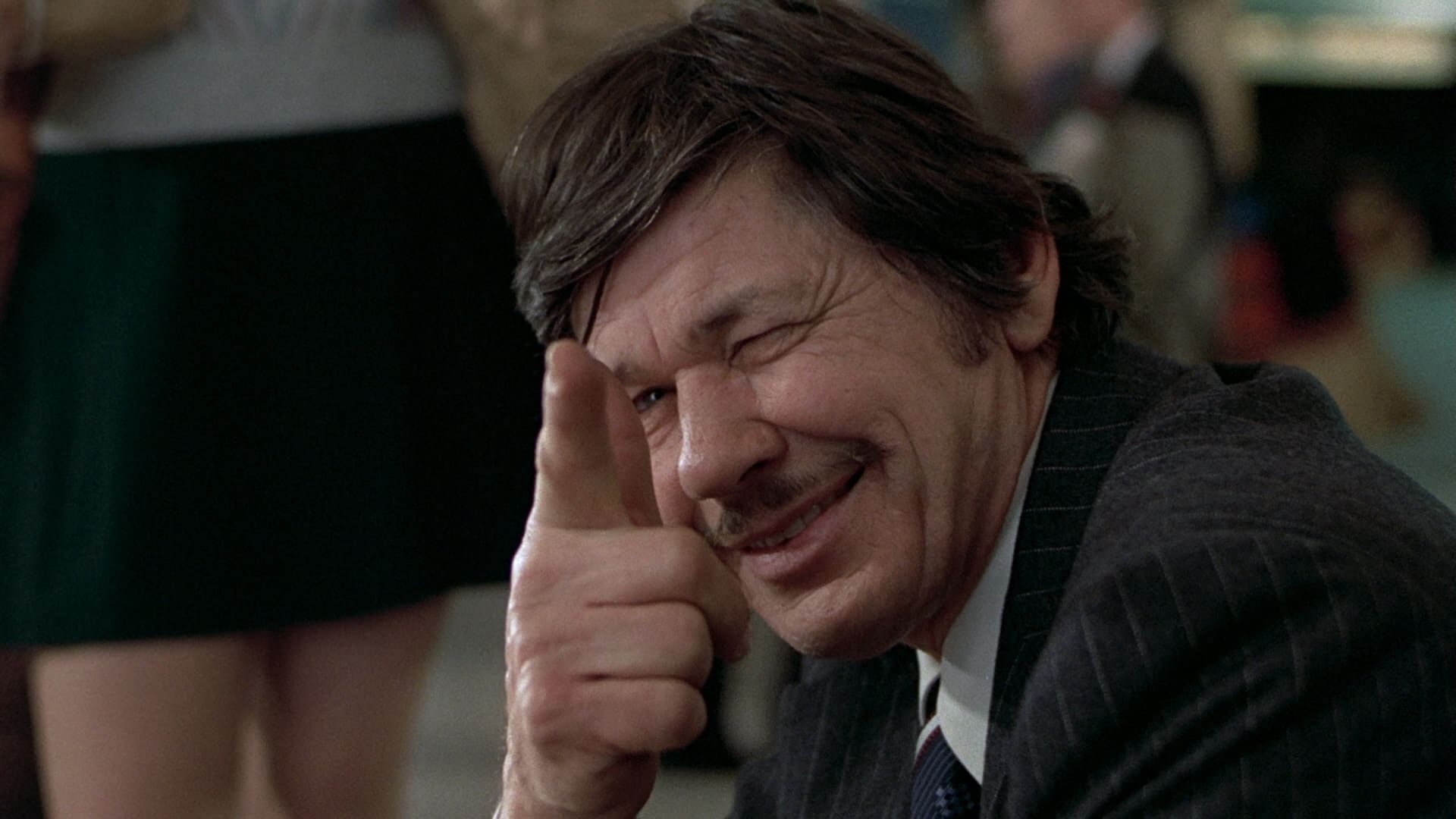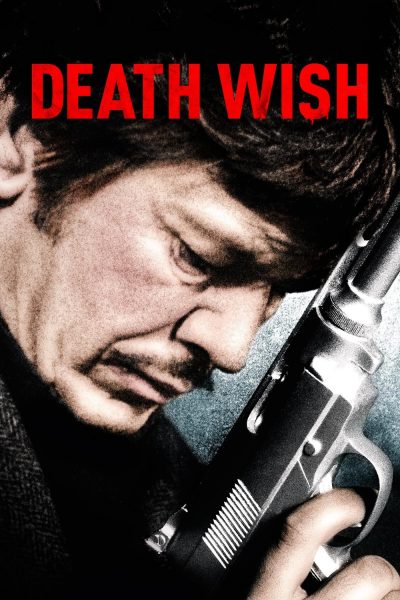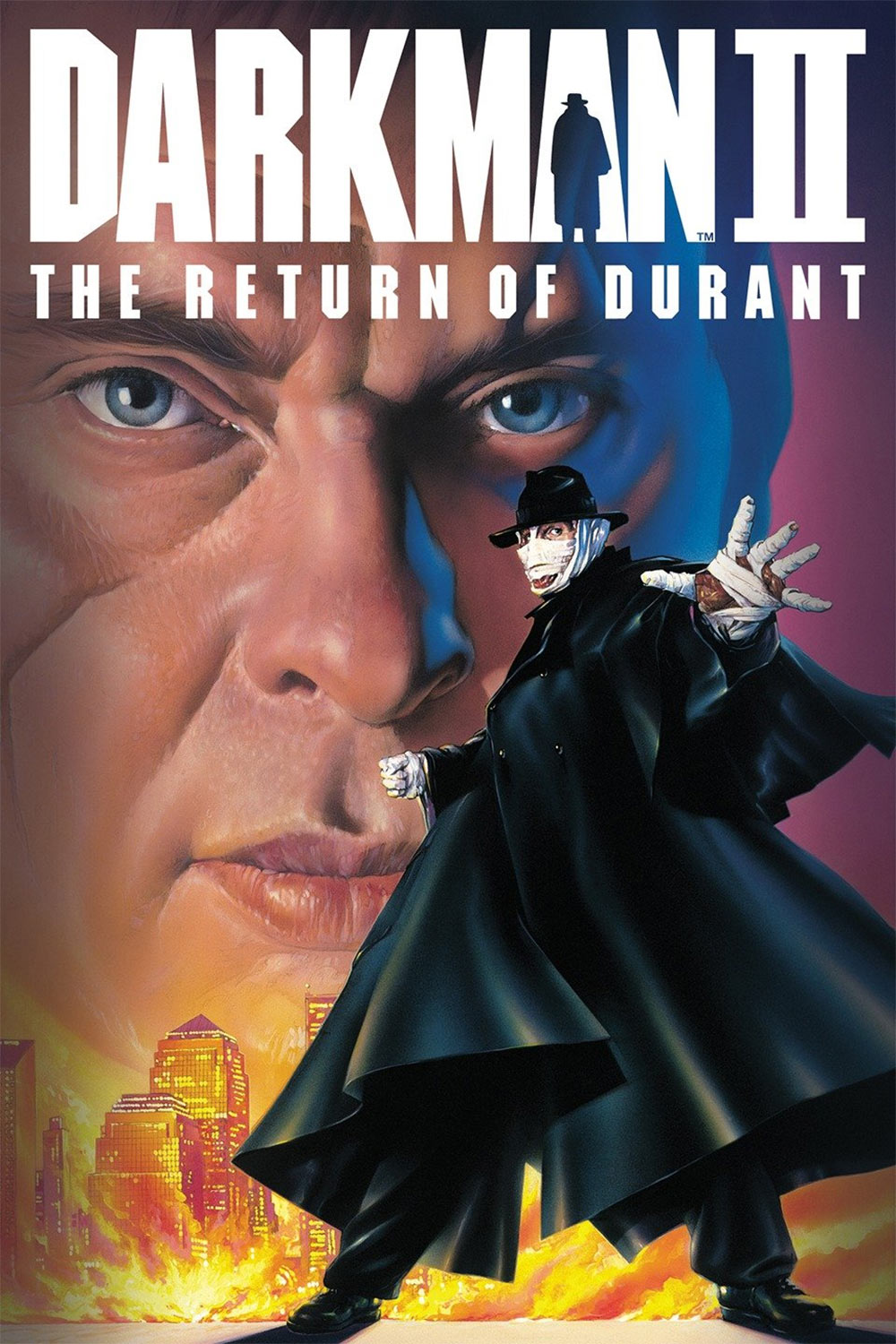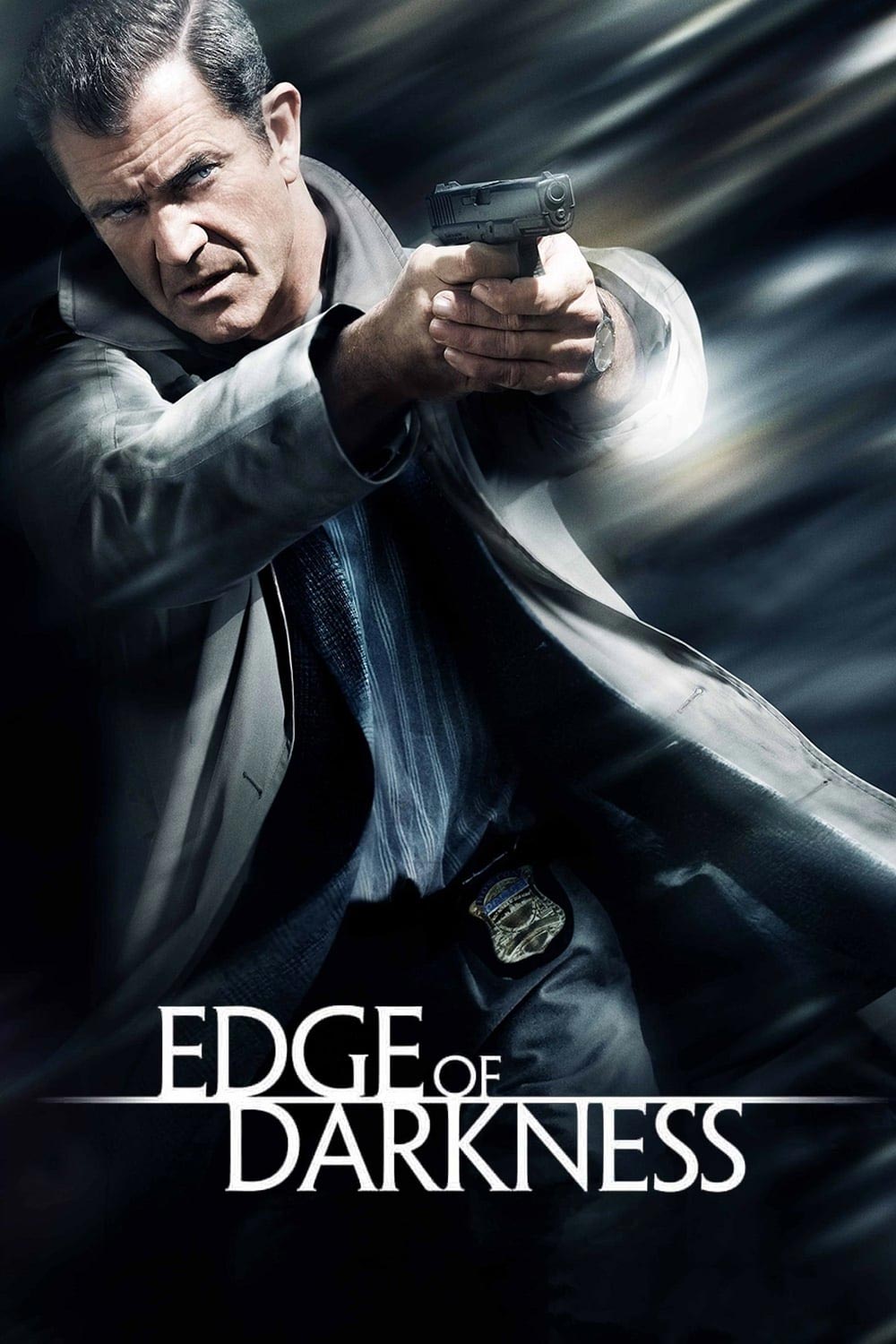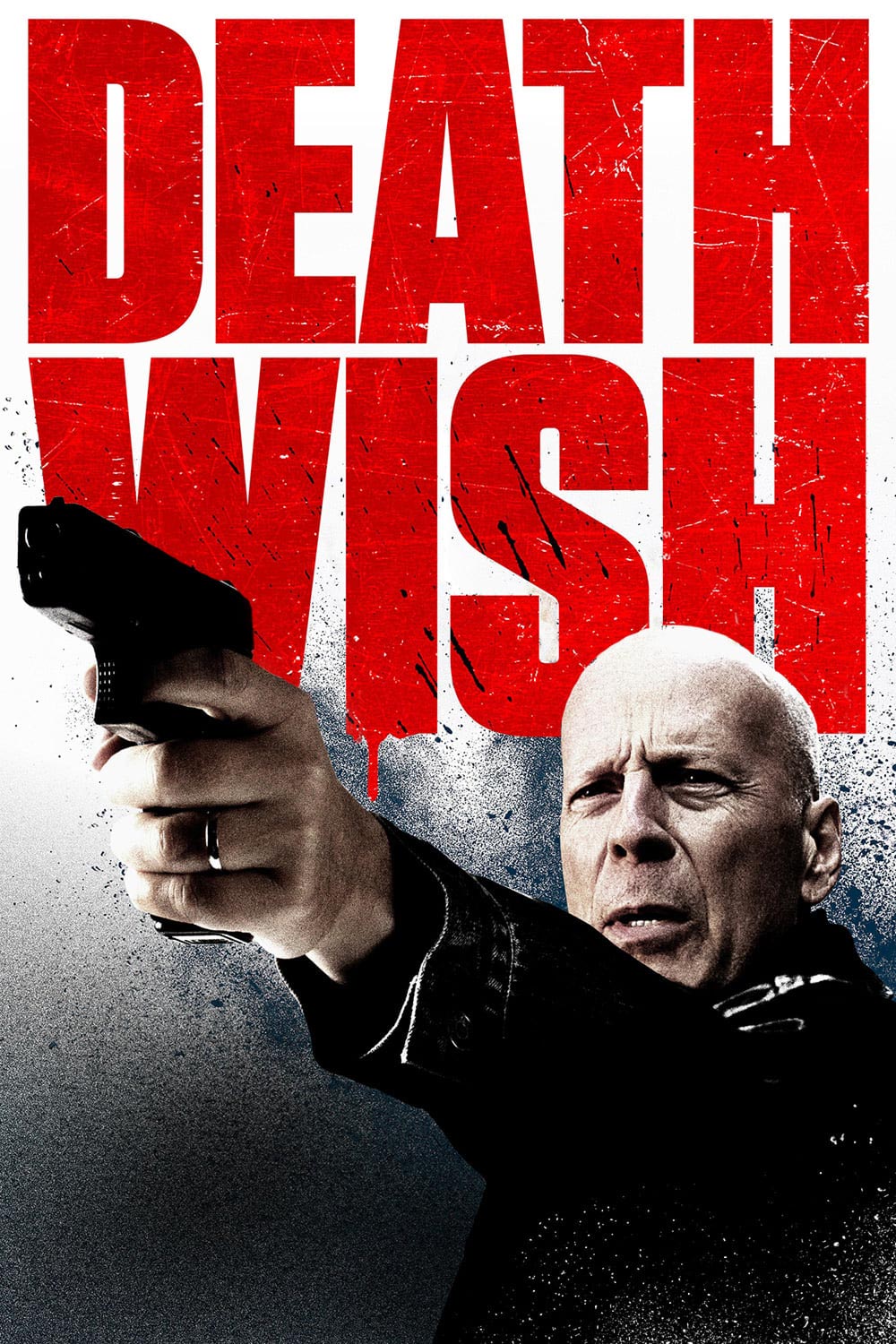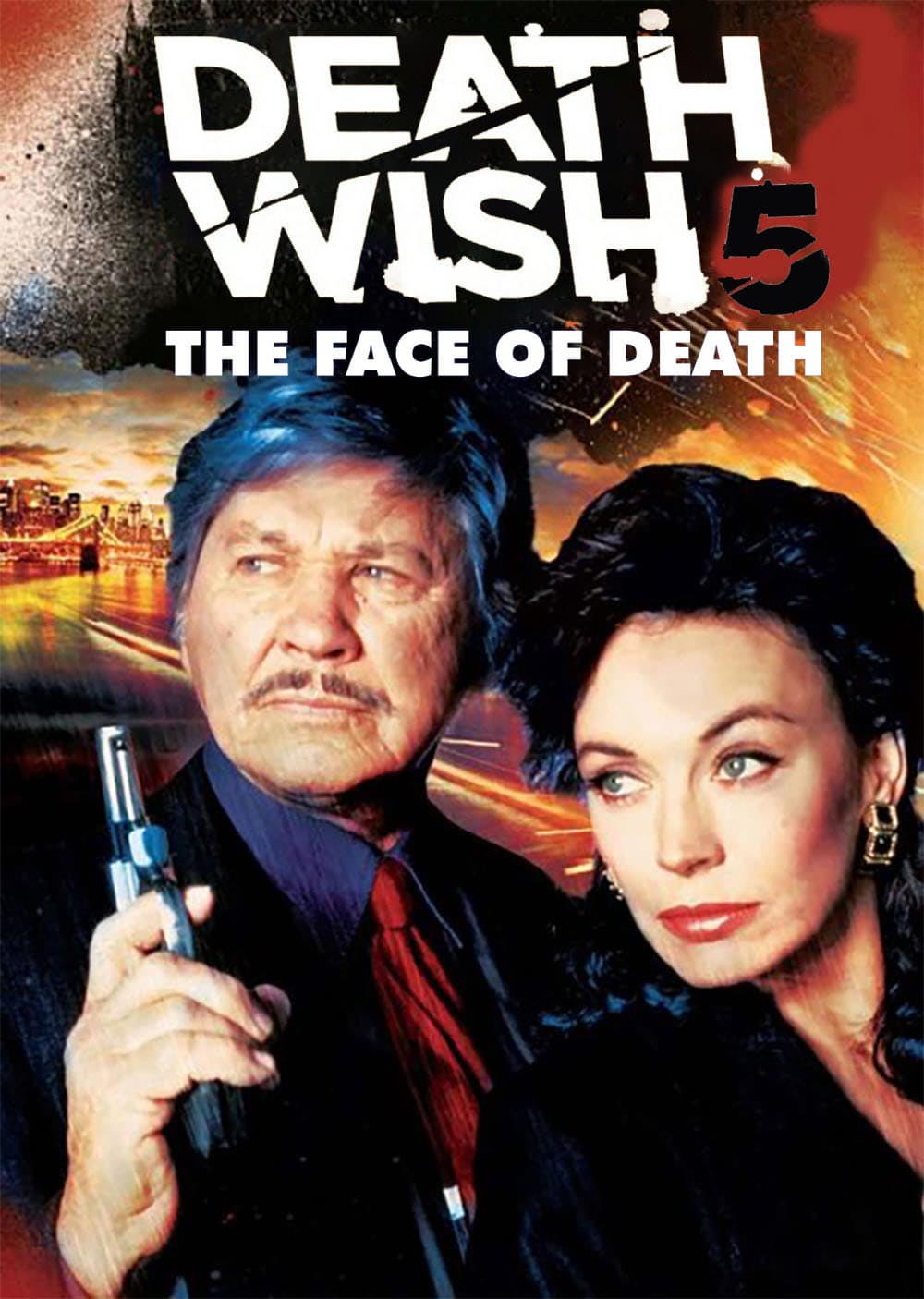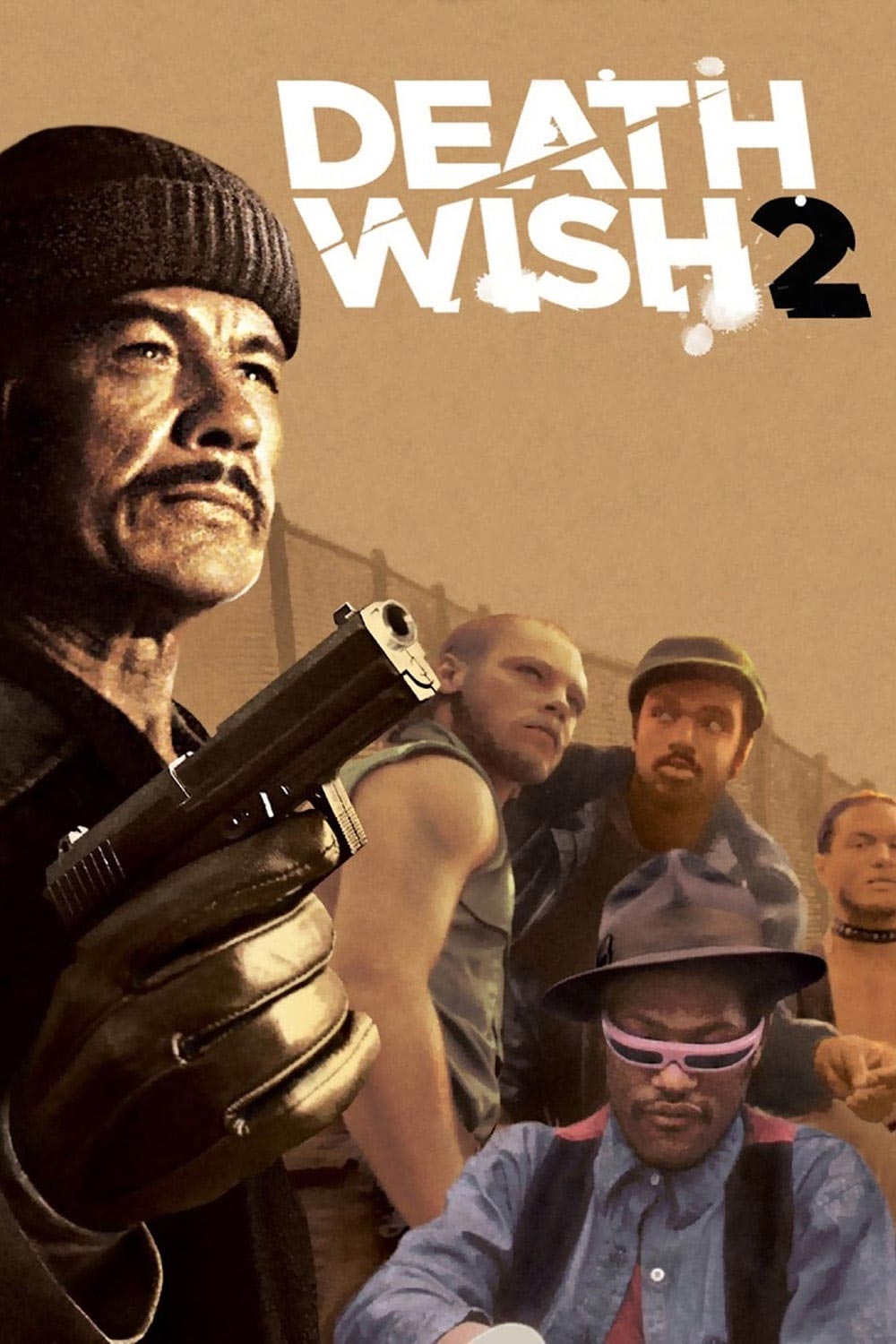Published on
The tale of revenge is as old as story telling itself and never seems to grow stale. It’s an easy set-up for a solid movie if handled correctly and taps directly into our basic primal thoughts. Especially people living in countries where no man is guilty until proven otherwise, the sense of incompetence of the judicial system is one everybody is familiar with. The pedophile who abused a couple of kids but can’t be put in jail because there is no evidence is probably one of the most infuriating examples. It is because of these real life situations we can all relate to movies like Death Wish all though in reality we probably won’t go out on the street walking around with a loaded gun on our own waiting to be mugged like Paul Kersey does. Not even the guys who constantly post pictures on Facebook stating violent macho comments about what they will do to people who hurt their child or any other family member.
Paul Kersey, probably Charles Bronson’s most memorable character for the sole reason of all the sequels that followed, is a liberal New York architect. His heart bleeds a little for the underprivileged so he states to his colleagues when discussing the current crime rates. His colleague notices with a clear and simple rhetoric that “The underprivileged are beating our goddamned brains out” and suggests they would be put in concentration camps. Paul disagrees with him but will soon meet the cold harsh reality outside of his ivory tower. After doing some grocery shopping Paul’s wife and daughter are assaulted in their own home by a couple of street punks, one of them being played by a very young Jeff Goldblum. After they have beaten his wife to death and forced his daughter to perform oral sex as well as spray painting her butt leaving her catatonic, Paul sees his world crumble before his very own eyes. Hoping the police can at least bring these men to justice, Paul and his son-in-law try to cope with the violence bestowed upon this family. But the police are undermanned and Paul’s wife and daughter are just part of another statistic. Being handed a gun as a gift by a client from Arizona where Paul takes up a job for a while to get away from it all, triggers the feeling that he can do something about the crime wave that is taking over New York. He becomes a vigilante by deliberately making himself an obvious target for muggers; walking around at secluded areas at night well dressed and waving around his wallet filled with bills in a sleazy diner filled with hookers and pimps. The liberal Paul slowly converts to a cold harsh vigilante killing people without remorse and blinking his eyes.
Death Wish paints a bleak picture of the world: a New York where there’s a mugger hiding in every shadow waiting for his prey to come by. It’s also a very political movie tapping directly into the way the gun fanatics view the world. To quote writer Robert A. Heinlein: “An armed society is a polite society”. This is definitely the motto of Death Wish as it presents us with a world where the crime rates drop the more Paul’s vigilantism makes headlines in the news. The movie is quite the propaganda piece for the second amendment as it advocates that the only way to create a safe society for “good” people is to take out all the “bad” people. In reality the world isn’t as black and white and the reason people turning to crime isn’t just because these people are bad to their core, which is how they are presented here. Every guy Paul takes out is mentioned to have a long criminal record, making it OK for him to walk the streets and killing people. In this narrow view of the world the movie presents us, it works and we perceive him Paul as the good guy. We understand his motivations and can even reason with them to a certain degree. An interesting aspect of Death Wish is that Paul doesn’t try to find the guys who killed his wife and molested his daughter. Realizing he can’t do a better job at police work than the police themselves he actually tries to clean up the streets for everybody instead of bringing the punks to justice for his own satisfaction. Still a liberal at heart.
Death Wish is a raw and gritty movie and presents an almost lawless New York as a breeding-ground for punks, drug fiends and criminals. The contrast director Michael Winner created with other locations only emphasizes that. Arizona, Maui, the country side: all these locations are presented as peaceful and colorful while New York is covered in brown and gray tones. The only bright colors in New York are the wall paint in Paul’s house and the red paint on clothing which is supposed to be blood. Somehow every bleeding character from the 60s to the 80s in movies had brightly colored red blood.
40 years later Death Wish is still a captivating picture even if it presents with a pretty black and white view. There are some questionable elements like how almost all of the muggers just carry a knife. Only after making headlines do they occasionally start carrying a gun, something which isn’t commented on in the movie unlike the dropping crime rates. This only shows that the gun-carrying theory will only lead to an arms race.
The ending feels a bit surrealistic with the whole martyr element trying to be avoided. Nowadays the only way to come out of a movie like this is either by having the lead character die or having him evade the cops. Death Wish presents us with a world in which killers are set free by the Police and local politcians if they only happen to kill bad guys and are directly responsible for dropping the crime rates. Sadly, or should I say happily, the world isn’t as black as white as it is in Death Wish.
